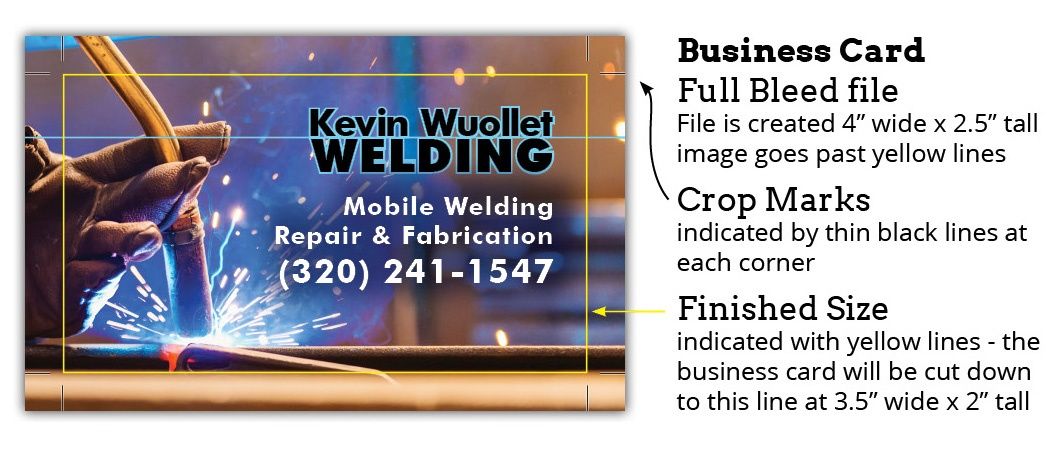Marketing Strategy
I know the printing industry inside and out. I’ve worked in every part of the business except operating the press. This includes customer service, pre-press (computer assisted design and preparation for printing), bindery (getting jobs cut down to size, folded, stapled, and packaged), and delivery.
Delivery is a story in its own, but the short version is learning to drive a stick in snowy Hancock, Michigan - the third snowiest city in the US - on hills that operate more like slides than streets.
I was raised (literally) in a print shop. My mom, a 3rd generation print shop employee, started her business in our home. My dad quit his job as a copier repairman and to operate the printing press and camera in our basement.
My formative years were spent maneuvering around the collating machine that filled half the family room and opening the basement door for paper deliveries at 5 a.m.
Since I know printing so well, I may use words and terms that are unfamiliar to you without thinking about it. In an effort to clear up any mysteries and give you the direct track into my brain, here is a series of posts on printing terms that you may run across.
The first segment is
Printing Terms
Print-ready (also formerly known as camera-ready)
Back in the “basement days” we had a VERY large camera that took the space of an entire room. When artwork came into the print shop, it might be ready to place on the camera and make film for the printing press. This was called “camera-ready” art.
Camera-ready or print-ready files are ready to print without making adjustments to the files. They are the correct size, colors, and no edits are needed.
DPI
Dots per inch is a measure of print quality; more dots equals a clearer image. Back in the old days, home printers used a series of large dots and produced very low quality images. Remember those days? Where you could maybe recognize someone in a grainy black and white printout?
Nowadays, most office and home printers have good quality printing. Professional printing typically uses 300-600dpi with some projects requiring even more dots per inch.
Full Bleed
The image on your project will be printed over the cut edge. A larger piece (of paper, or banner material) will be printed, then cut smaller so that the image goes all the way to the edge of the page.

Crop Marks
Lines that show where a piece will be cut.These lines are especially important when files are prepared with a full bleed.
Finished Size
Final cut size of a project. Many pieces may be printed at once, then cut apart.

I can properly prepare your files for printing. Let’s start today!
Popular Posts
Articles by Category
Have something to share? Please comment below.
THE 5 Most Beneficial Marketing Materials for Rural Businesses
Rural business is not business-as-usual.
This link will take you to a new page. After you read through the page, I'll be sending you emails to help grow your business. Watch your inbox for a special message from me. Focus - you can do it!
Official Bio
Andrea Haverinen is the Marketing Engineer for rural businesses. She believes that parents deserve to enjoy the financial benefits of being self-employed AND the personal rewards of spending time with their kids while they’re young.
Through her one-on-one Be Remembered API ™ program, she helps business owners develop a strategy so that they have better customers returning again and again.
When she’s away from the business, Andrea teaches quilting classes and drinks every variety of tea.




